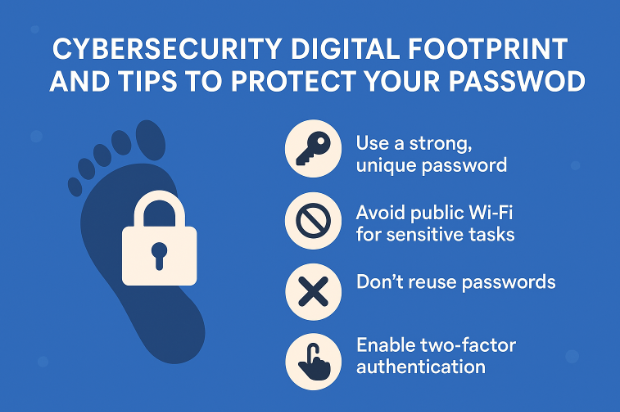CYBERSECURITY TERMS AND DEFINITIONS
Cybersecurity is the practice of protecting computers, servers, mobile devices, networks, and data from digital attacks. These attacks are usually aimed at accessing, changing, or destroying sensitive information, extorting money, or interrupting business operations. Below is a comprehensive list of essential Cybersecurity Terms along with clear definitions, great for beginners, professionals, or anyone building cybersecurity knowledge.
List of Essential Cybersecurity Terms Along With Clear Definitions
1) Centralized Authorization: This form of authorization uses a central authorization database that allows or denies access to the users and the decision on the access depends on the policies created by the centralized units.
2) Decentralized Authorization: This form of authorization can enable users to provide access to other users.
3) Implicit Authorization: This form of authorization provides access to the resources indirectly. A task is possible after a user receives authorization for a primary resource through which access to the requested resource is possible.
4) Explicit Authorization: This form of authorization maintains separate authorization details for each resource request. This technique is simpler than the implicit technique. However, it takes up a large amount of storage space for storing all authorization details.
5) Rivest Shamir Adleman (RSA): RSA is a public-key cryptosystem for Internet encryption and authentication. The RSA system is widely used in a variety of products, platforms, and industries. Companies such as Microsoft, Apple, Sun, and Novell build the RSA algorithms into their operating systems.
6) Secure Hashing Algorithm (SHA): It generates cryptographically one-way hash and is published by NIST as a Federal Information Standard.
7) Advanced Encryption Standard (AES): AES is a National Institute of Standards and Technology (NIST) specification for the encryption of electronic data and is being used by U.S government agencies to secure sensitive but unclassified material. It also helps to encrypt digital information such as telecommunications, financial, and government data.
8) Digital Signature Algorithm (DSA): DSA is a Federal Information Processing Standard for digital signatures. The NIST proposed the DSA for use in the Digital Signature Standard (DSS), adopted as FIPS 186. The DSA helps in the generation and verification of digital signatures for sensitive and unclassified applications.
9) Honeypot: A honeypot is a computer system on the internet that is intended for attracting and trapping people who try unauthorized or illicit utilization of the host system.
10) Proxy Server: A proxy server is an application that can serve as an intermediary when connecting with other computers.
11) Demilitarized Zone: A Demilitarized Zone (DMZ) is a small network which is placed in between the organization’s private network and an outside public network. It prevents an outsider from gaining direct access to the organization’s server.
12) Web Content Filter: Web content filters block deceptive web pages or emails. They protect the network from malware and other systems that are unreceptive and interfering.
13) Network address translation: This firewall technology helps hide the internal network’s configuration and thereby reduces the success of attacks on the network or system. It can act as a firewall filtering technique where it allows only those connections that originate inside a network and can block the connections that originate outside the network.
14) Application-level gateway: An application-level gateway is a firewall that controls input, output, and/or access across an application or service. It monitors and possibly blocks the input, output, or system service calls, which do not meet the policy of the firewall.
15) Application proxy: An application-level proxy works as a proxy server. It correlates with the gateway server and separates the enterprise network from the Internet.






